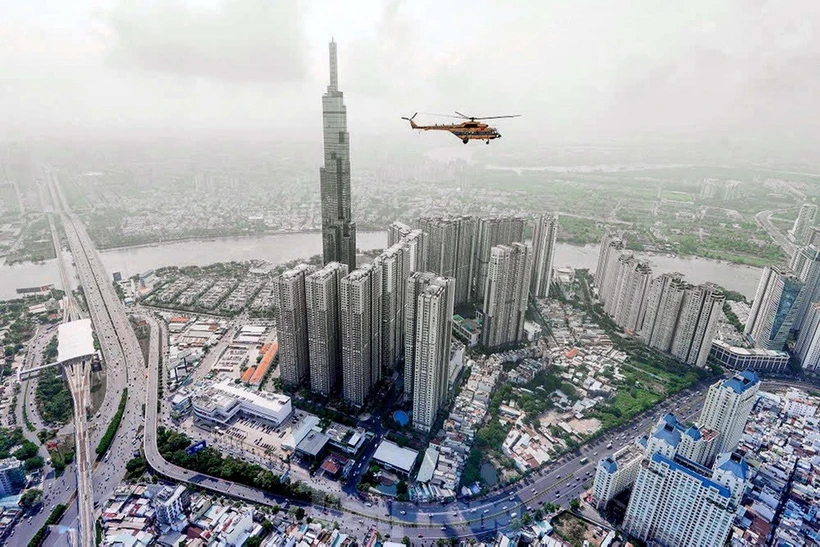
A corner of Ho Chi Minh City today. (Source: VNA)
From July 1, 2025, all 34 new provincial administrative units will officially come into operation, a reduction of 29 units compared to before. This great “reorganization of the country” has received the consensus of all classes of people - that is a favorable premise for success.
Because as General Secretary To Lam said in the article dated June 29, 2025 " The Power of Unity " reiterated: "It is a hundred times easier to endure without the people, and a thousand times harder to accomplish with the people." When the people are in agreement, and everyone is of one mind, no force can subdue our nation.
People agree when they see the "good" in the "new"
The propaganda work of Party committees and authorities at all levels in recent times has made clear that the policy of arranging administrative units and building a two-level local government organization model is a major revolution of strategic significance of the Central Government.
In this matter, "Party's will" and "people's heart" are closely linked.
The core objective of this policy is to expand development space for provinces and cities, promote the leading role of dynamic regions, economic corridors, and growth poles; prioritize the arrangement of administrative units in mountainous and delta areas with coastal areas; harmoniously and reasonably combine localities with adjacent locations in line with development orientation requirements to support each other, together promote socio-economic development as well as requirements and orientations for rapid and sustainable development of the country in the new period.
Reality shows that after nearly 40 years of innovation, the organization of the country's development space has begun to show limitations, the development space is fragmented according to administrative boundaries; regional linkages still have many shortcomings; development investment is still scattered without concentrating resources to clearly form dynamic regions that play a leading role and lead the country's economic growth; a synchronous and modern national infrastructure framework has not been formed...
The main causes of the above situation are the scattered development thinking, lacking focus and key points; lack of overall national planning to clearly define the development model according to the territorial space nationwide; lack of mechanisms and policies to promote inter-sectoral and inter-regional economic development; and still having local ideology.
“Rearranging the country” is not easy or simple considering its nature and scale. To achieve success, first of all, there must be solidarity and consensus among the people.

People have high consensus in implementing major policies of the Party and State. (Photo: Pham Kien/VNA)
People will agree if they clearly understand that this is an urgent and inevitable requirement to reposition the natural and economic development space, connecting history, culture, and geography to form an administrative-economic entity of sufficient scale, thereby expanding the scope of development along with innovation, improving governance capacity to be strong enough, and having high competitiveness to integrate into national and global value chains.
We have initially succeeded when people have understood that the rearrangement of administrative units creates conditions for localities and the country to save money and develop more evenly, forming new economic centers, aiming at the goal of forming digital government, digital governance, developing smart cities, integrated economic zones and flexible administration to help administrative transactions be processed quickly, transparently, saving time and costs for people and businesses from the perspective that businesses and people must be better served.
“Rearranging the country” is a step towards effectively organizing the national development space, achieving intra-regional and inter-regional connectivity and exploiting the comparative advantages of each region.
First, investment will be focused on a number of areas with favorable conditions in terms of geographical location, economic and social infrastructure, high-quality human resources and other potentials and advantages for development to form dynamic regions and economic corridors. Then, the growth poles will create a spillover effect to promote the rapid, effective and sustainable development of the whole country's economy. At the same time, there will be mechanisms, policies and resources suitable to the conditions of the economy to ensure social security for disadvantaged areas, gradually narrowing the gap between regions.
Merging provincial administrative units is also an effective and economical way to use resources, especially land resources, water resources, forest resources and minerals of the Fatherland.
Put national interests above "home province" feelings
The propaganda and education work in the past time has touched the deepest corners of the people's thoughts and feelings, so that people can feel sympathy and voluntarily put their love for their small hometown behind their love for the great country. The vast majority of people understand that the merger and consolidation of this province with another province, and the planning of provincial capitals are all carefully considered and weighed by the Central Government and relevant agencies, taking into account many factors to achieve sustainable and long-term development.
For example, the process of merging Thai Binh and Hung Yen into the new province of Hung Yen, with the provincial capital in Hung Yen, is not a matter of "who encroaches on whom" but rather "unite strength for development."
After the merger, the new Hung Yen province has a natural area of over 2,500 km2 (double the size of the old Hung Yen province) and a population of over 3 million people (including 1.2 million people from Hung Yen and 1.8 million people from Thai Binh). This is the basis for forming a large domestic market, creating advantages in scale for manufacturing and service industries. The removal of administrative boundaries between the two provinces will promote the free flow of capital, labor and technology, thereby optimizing existing resources.
Experts believe that the merger of Hung Yen and Thai Binh will turn two separate “pieces” into a unified entity, creating a new economic space. Hung Yen’s industrial parks can connect directly with the abundant labor force from Thai Binh, while Thai Binh’s agricultural products can find stable outlets through Hung Yen’s logistics system. We can expect a leading development center of the Red River Delta in the future.
The fact that 11 provincial administrative units are not included in the complete merger is not a matter of "who favors whom" but depends on factors of population, area, geography, economy, history and culture.
For example, the two provinces of Nghe An and Thanh Hoa in the North Central region, although standing alone, still have great potential and internal advantages, and can be considered a "miniature Vietnam" with diverse terrain - mountains, plains, sea, borders, airports, seaports, and highways.
The naming of the new administrative unit is also understood by the people as the result of thorough research, careful consideration of traditional, historical and cultural factors; prioritizing the use of one of the names of the provinces before the merger to name the new province, minimizing the impact on people and businesses due to the conversion of documents, geographical indications...
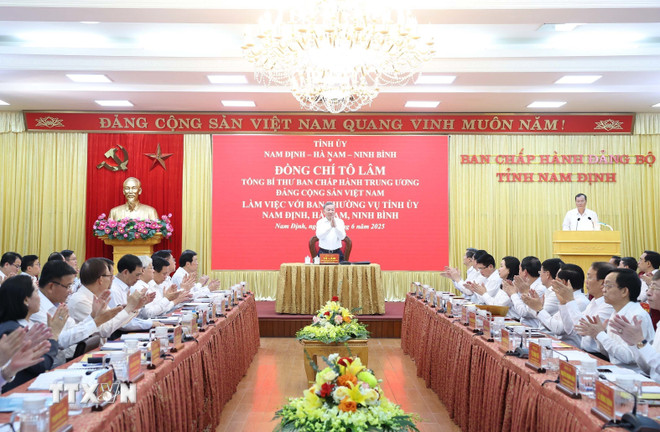
General Secretary To Lam and the Central Working Delegation worked with the Standing Committees of the Provincial Party Committees of Nam Dinh, Ha Nam, and Ninh Binh provinces on the results of the implementation of the Resolutions and Conclusions of the Central Committee and a number of key tasks of socio-economic development, ensuring national defense and security in the localities. (Photo: Thong Nhat/VNA)
The thought of “losing the name of one’s province” is a common human emotion. However, the national vision and the country’s supreme interests are placed above all those “local” thoughts.
Up to now, in the minds of most people, the matter of "losing the name of our province", "no longer having a district", "our commune being dissolved" is no longer heavy...
Emphasizing the importance of solidarity at the present time, General Secretary To Lam called for solidarity to be promoted more strongly than ever in the current period, when the whole country has been implementing the policy of streamlining the organizational apparatus of the political system; merging administrative units, "rearranging the country," and organizing a sustainable development space for the country.
With the strategic vision and leadership of the Party, we are determined to maintain and promote the strength of great national unity, considering it the "source" and the "red thread" throughout, ensuring that all guidelines and policies of the Party and State are implemented thoroughly, consistently and effectively, best meeting all legitimate aspirations of the people./.
(Vietnam+)
Source: https://www.vietnamplus.vn/sap-xep-lai-giang-son-va-suc-manh-doan-ket-y-dang-gap-long-dan-post1047155.vnp







![[Photo] Standing member of the Secretariat Tran Cam Tu chaired a meeting with Party committees, offices, Party committees, agencies and Central organizations.](https://vphoto.vietnam.vn/thumb/1200x675/vietnam/resource/IMAGE/2025/7/1/b8922706fa384bbdadd4513b68879951)





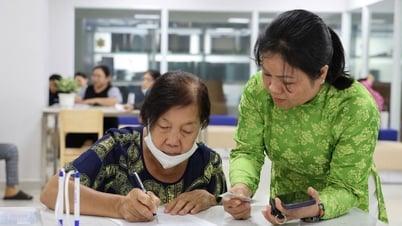
![[Photo] Hanoi's first working day of 2-level government](https://vphoto.vietnam.vn/thumb/402x226/vietnam/resource/IMAGE/2025/7/1/0ad1faac47b0448792a039b055521b8e)

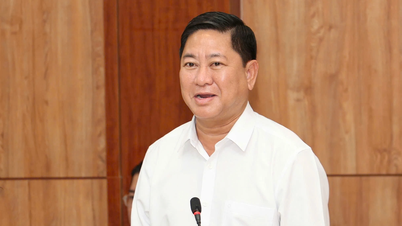


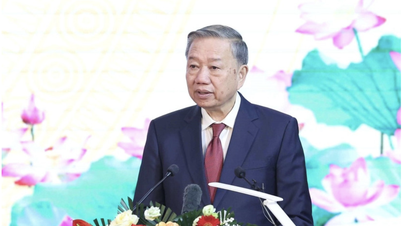
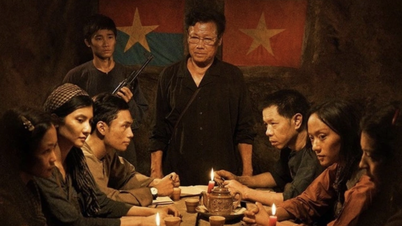

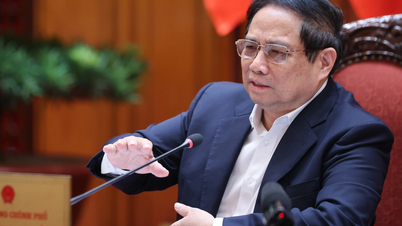
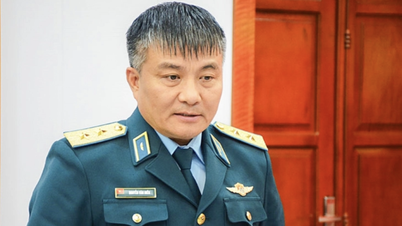
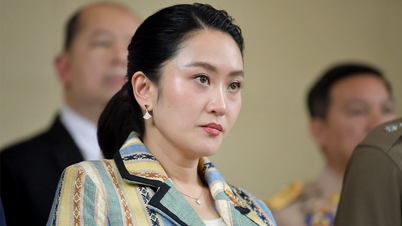




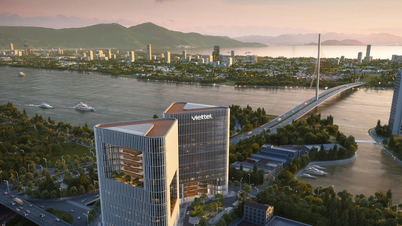



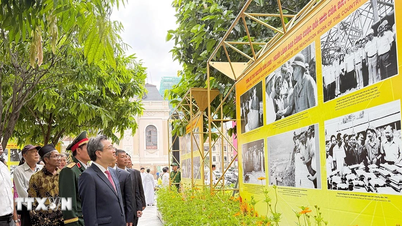
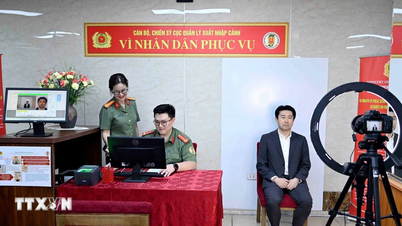


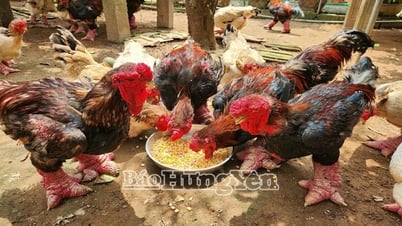

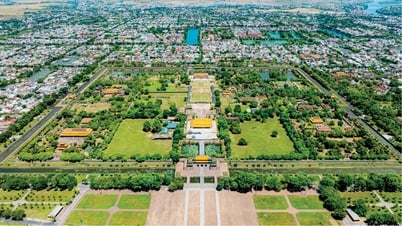




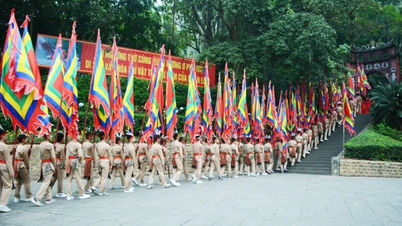










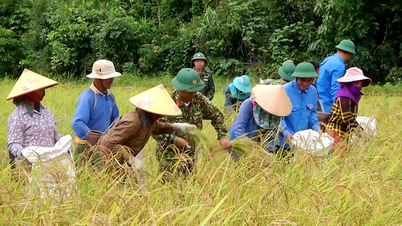
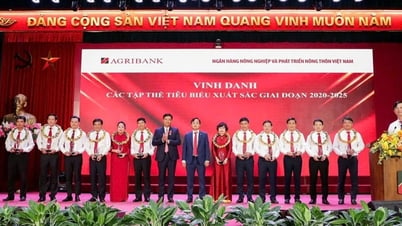


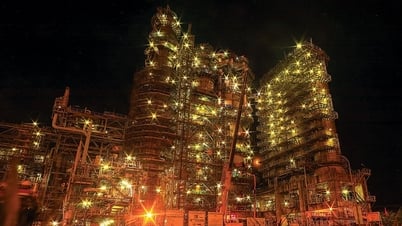

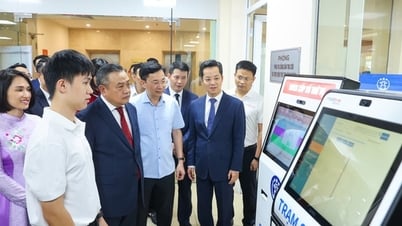
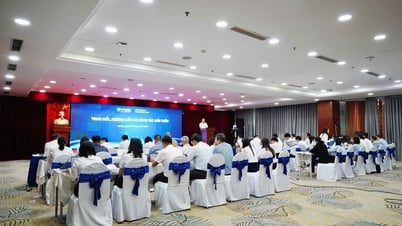

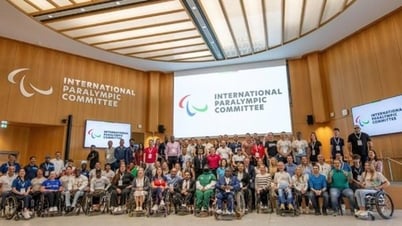

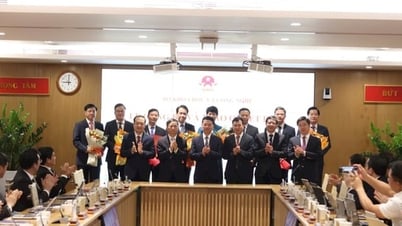

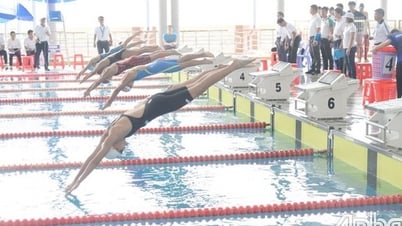

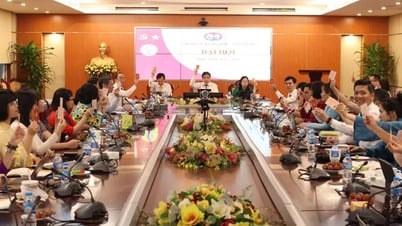

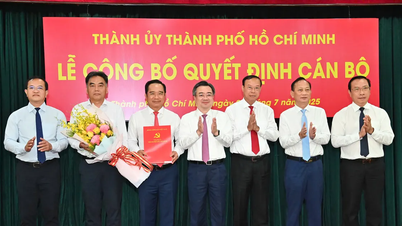

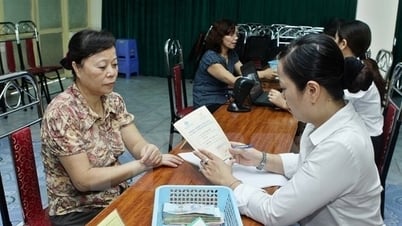







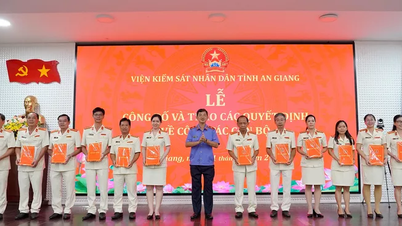








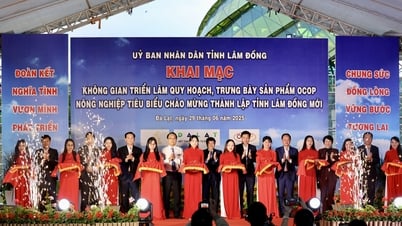





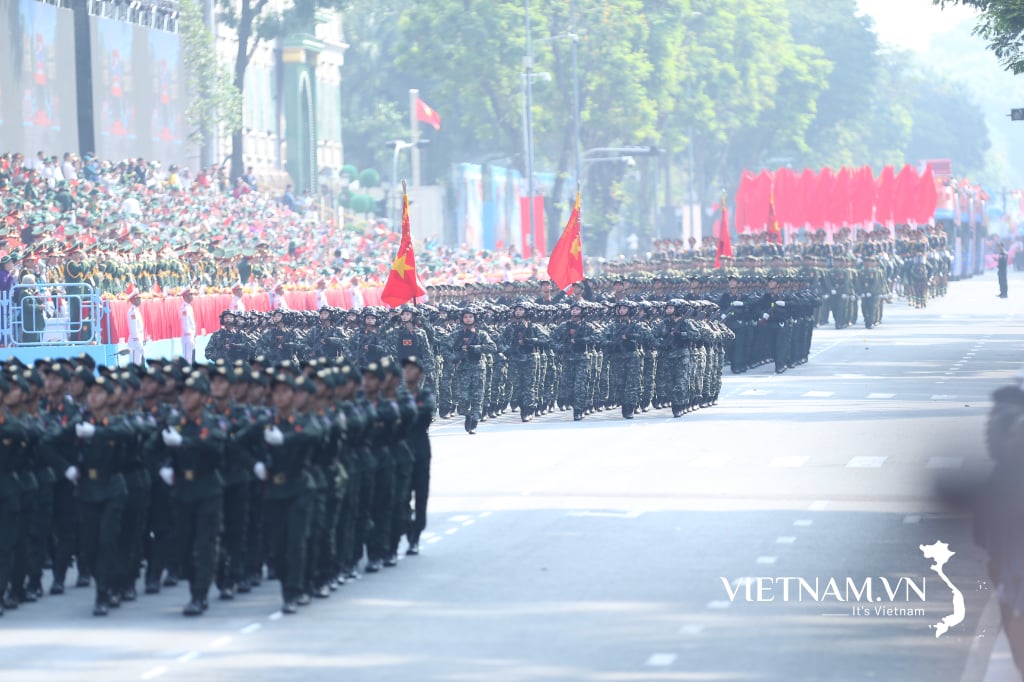


Comment (0)